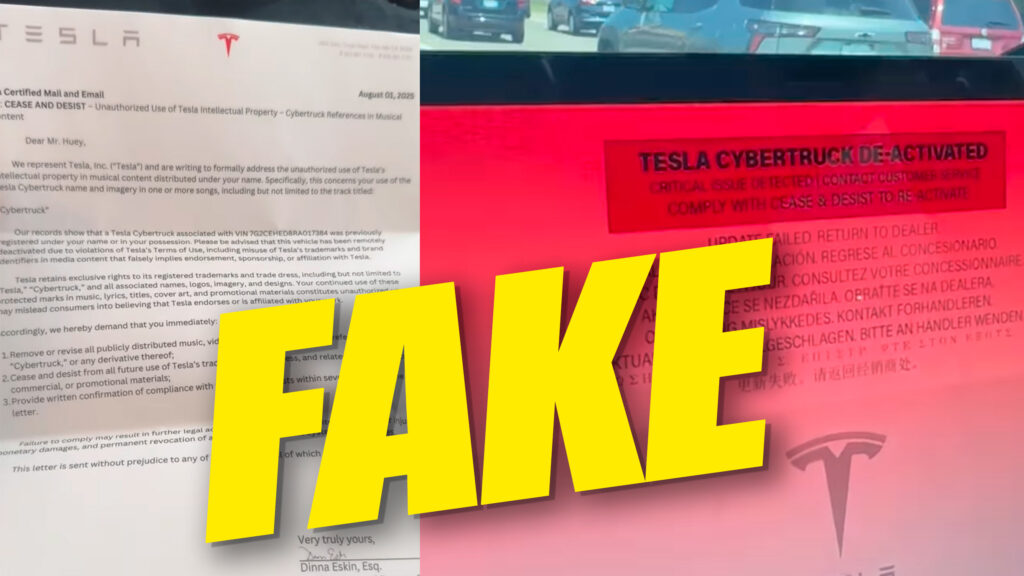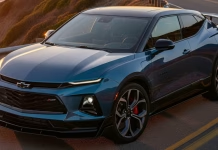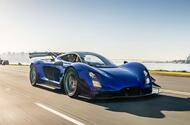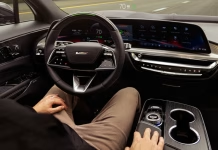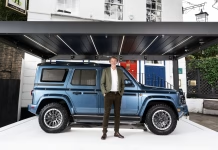Kimera Evo38 Unleashed as Modern Lancia 037 Tribute with Hybrid Power and Four Wheel...
 Fresh development of reimagined 1980s rally monster is boosted to nearly 600bhp in production form
Fresh development of reimagined 1980s rally monster is boosted to nearly 600bhp in production form
The striking Kimera Evo38 has been revealed in finished production form ahead of its debut at Monterey Car Week, bringing almost 600bhp, mild hybridisation and four-wheel drive.
A vision of “what would have been” if the legendary WRC-winning Lancia 037 had continued being developed beyond 1992, it is an evolution of the Italian firm’s debut model, the Evo37.
The most notable development is a move from the rear-wheel-drive set-up that defined the 037 – it having been the last such car to win a constructor’s title in the World Rally Championship – to four-wheel drive.
Power is sent to the front wheels through a Torsen limited-slip differential and the split of torque between each axle can be varied using a controller in the cockpit.
This notionally allows for greater traction on slippery surfaces or under high loads, although the driver can choose for all the power to be sent through the rear wheels if they so desire.
The driveshaft that links the front axle to the mid-mounted, turbocharged and supercharged 2.2-litre four-cylinder engine runs through the spine of the car’s cockpit and is encased in glass.
Power is up from 500bhp to 592bhp, thanks in part to the addition of a 48V mild-hybrid system and a trick exhaust, which is valved to allow drivers to swap between a road-friendly muffled set-up and a rortier straight-through one.
With the valve opened, the turbocharger can also be seen glowing through the car’s rear end, Kimera said.

That power is delivered through a six-speed manual gearbox with an exposed billet-aluminum linkage.
The car's chassis has also been overhauled, gaining push-rod suspension and a strut-tower brace into which the turbocharger’s cooler is integrated.
Despite the move to four-wheel drive, the Evo38 is lighter than the Evo37, at around 1100kg.
Prices have yet to be confirmed but are expected to push toward the £500,000 mark. “Nearly all” 38 examples set to be produced are already accounted for, according to Kimera.
Camaro Reborn Electrified Rumors Swirl Around High-Powered Crossover Comeback

Czinger Shifts Gears to Reinvent the 21C Hypercar with Bold New Variants and Sustainable...
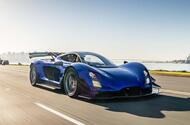 American company's new CCO tells Autocar that it needs to be "sustainable" as well as "high-end"
American company's new CCO tells Autocar that it needs to be "sustainable" as well as "high-end"
American firm Czinger, renowned for its radical 3D-printing approach to car manufacturing, has scrapped plans for a multi-model strategy and will focus on increasing the life of its 1233bhp 21C hypercar.
Speaking to Autocar, new CCO George Biggs said previously announced plans for a striking grand tourer – previewed in 2022 by the Hyper GT concept – and a Lamborghini Urus-inspired SUV were no longer in the timeline.
Both new models would have been mechanically related to the 21C and used the same twin-turbocharged 2.88-litre hybridised V8.
Biggs said: “If you look at the portfolio, the Czinger brand needs to be something which is very high-end that has a sustainability to it. And I think if you want to chase the market trends [such as the current demand for SUVs], you’re going to find it tricky over the long term.
“If you look at brands over the past 15 years, certainly in the luxury space, who've had a very clear vision and execute against that vision, they really have had success. And I think from a hypercar perspective, we can bring a very, very different philosophy and concept that should appeal, and then you build upon that in a way that makes sense to that customer base.”
Instead, the California-based company will update the tandem-seat 21C with new iterations “into and beyond 2035”.
This could for example include, Biggs said, variants with a “more traditional seating arrangement” or an even more radical performance positioning that build on the track-honed 21C V-Max (below) – production of which will begin next year following the conclusion of the standard car’s 88-car run.
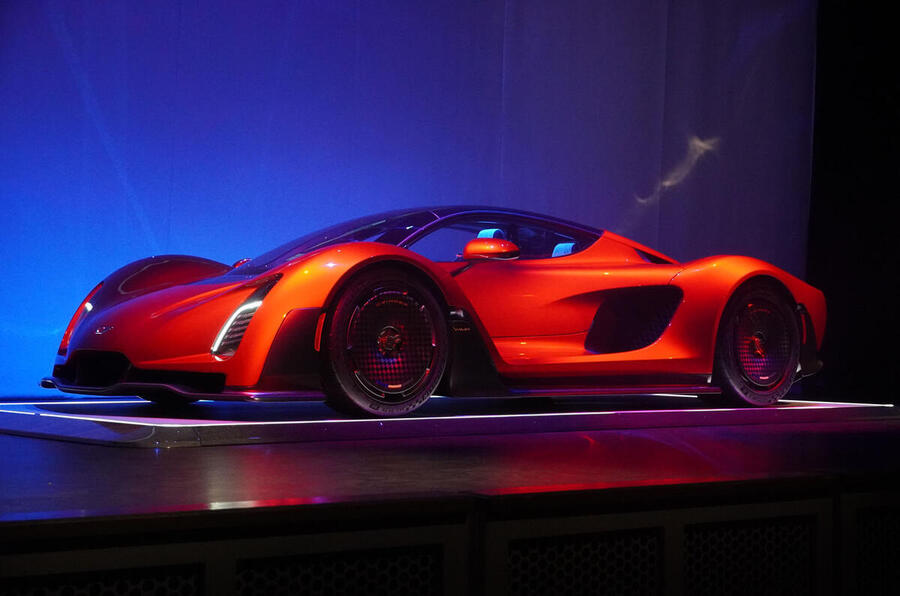
How different could these variants become? Bigg said: “Occasionally I'll wander around and go and pester an engineer and ask 'if you had no constraints, where would you go?'. And they come out with these fantastic ideas, and they all sit on our technology roadmap. So a greater application of the technology that we use.
“Performance is always going to be an important part of the brand. But ultimately we're seeing customers that want a wider application.
“So I think the trajectory is a wider application of technology, continued performance. I don't think you can really live in this segment without performance credentials.”
2025 Volvo XC90 Transformed with Sporty Makeover and Power Boost by Heico Sportiv
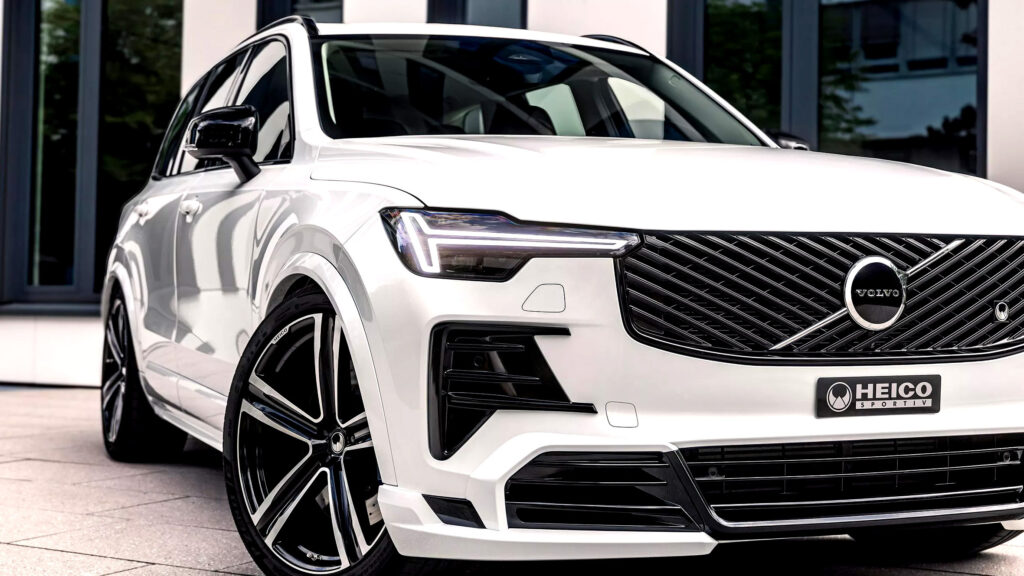
Hyundai Ioniq 2 Set to Shake Up Affordable Electric Hatchbacks at Munich Show
 New model will lead brand's push for more customers in key markets
New model will lead brand's push for more customers in key markets
Hyundai is readying an affordable rival for the Renault 4 as it looks to reinforce its position in Europe and get significantly closer to its Kia sibling for sales success.
The imminent arrival of the Bayon-sized EV, which is likely to be badged Ioniq 2, shows the breadth of Hyundai’s expanding line-up as it pushes into the booming new electric hatchback segment. The move is intended to bring new buyers to the brand.
In the first half of 2025, Hyundai sold 265,680 cars in Europe, just 7939 behind its Kia sibling.
The arrival of the Ioniq 2 is most notable because it will push the Korean brand into a completely new segment. Understood by Autocar to be twinned with sibling brand Kia’s incoming EV2, the Ioniq 2 will plug the gap between the compact Inster and the Kona Electric in Hyundai’s current six-strong electric vehicle line-up.
Pictures of the car testing confirm that it will be close in size to the combustion-engined Bayon, giving the brand a foothold in a segment that is growing in popularity with the launch of the Renault 4 this summer and the imminent arrivals of the Volkswagen ID 2X and Skoda Epiq.
The model is set to be revealed at the Munich motor show next month and will go on sale in the third quarter of 2026. It is understood that Kia’s EV2 will arrive a few months before it.
Hyundai Europe boss Xavier Martinet told Autocar: “We are very much involved with the electrification of our line-up and to increase our electrified mix in the coming years.”

These spy shots confirm that the Ioniq 2 will be a raised hatchback with a raked roofline, similar in positioning to the incoming ID 2X. Under that heavy camouflage, the design at the front is expected to mirror that of the new Ioniq 6, with slimmed LEDs and an aggressively styled ‘technical’ look.
Inside, the Ioniq 2 will have a more tech-focused cabin than that of the hybrid-powered Tucson. Offering what Hyundai refers to as a “step change” in usability for its models compared with the current Ioniq line-up, this includes a combined instrument and infotainment display set-up that spans roughly half the width of the dashboard.
Like the EV2, the Ioniq 2 will be built on the scalable E-GMP platform used by nearly all EVs in the Hyundai Motor Group, comprising Hyundai, Kia and Genesis.
It’s therefore likely to get a similar set-up to that of the slightly larger Kia EV3, which is offered with either a 58.3kWh or an 81.4kWh battery pack for ranges of 267 and 372 miles respectively. All versions of the EV3 are powered by a single electric motor that sends 201bhp and 209lb ft to the front wheels.
Pricing for the new crossover is likely to be close to that of the EV2, at around £25,000.
GM Reignites Autonomous Car Ambitions With Fresh Leadership and Renewed Focus on Personal Vehicles

How Future Vehicle Lineups Reveal the Fate of Startup Car Companies
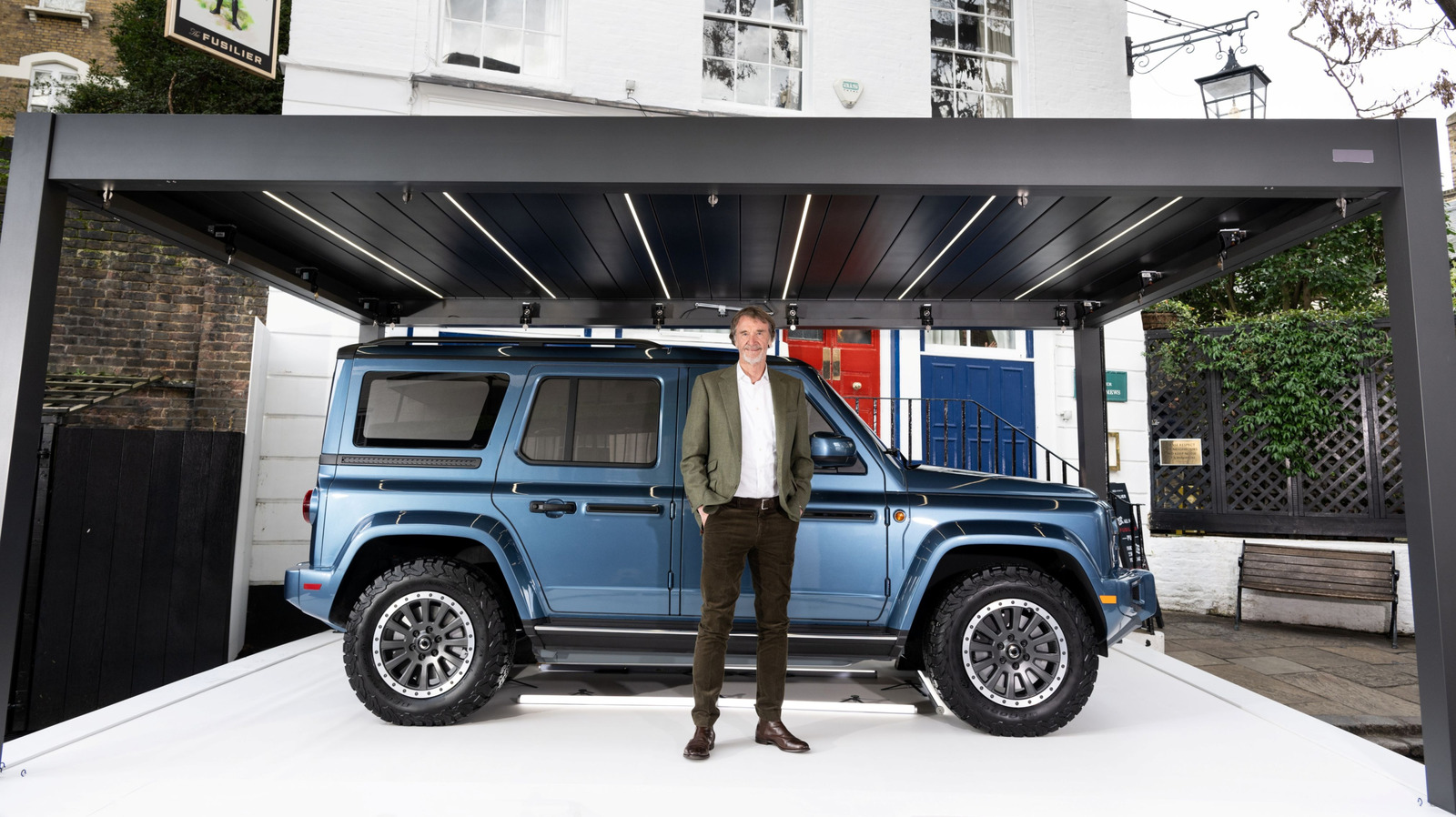
Nissan 350Z Transformed: Stunning Fusion of Classic Slantnose and Modern Porsche Style

Daring Thieves Steal Tanker Truck in Wild Police Chase After Crash

Rapper’s Staged Cybertruck Breakdown Sparks Viral Hoax and Tesla Denial
